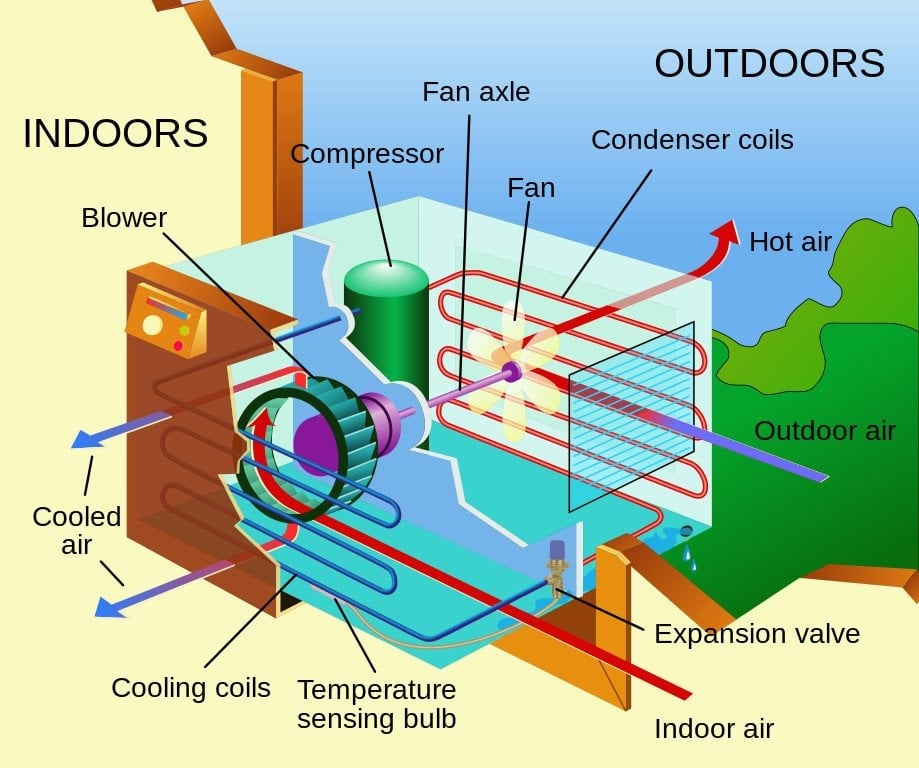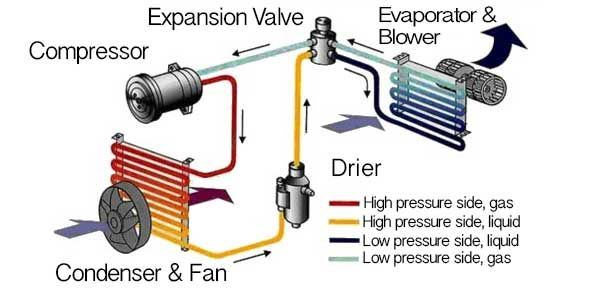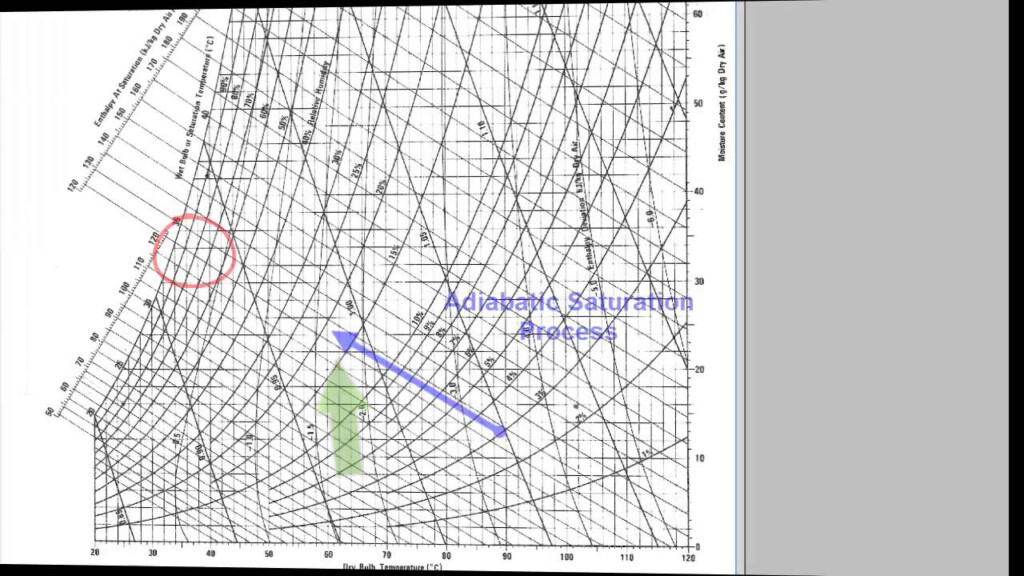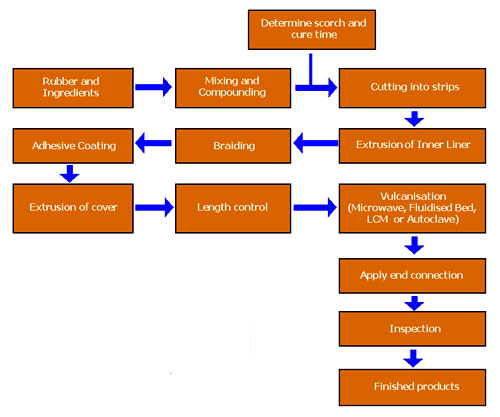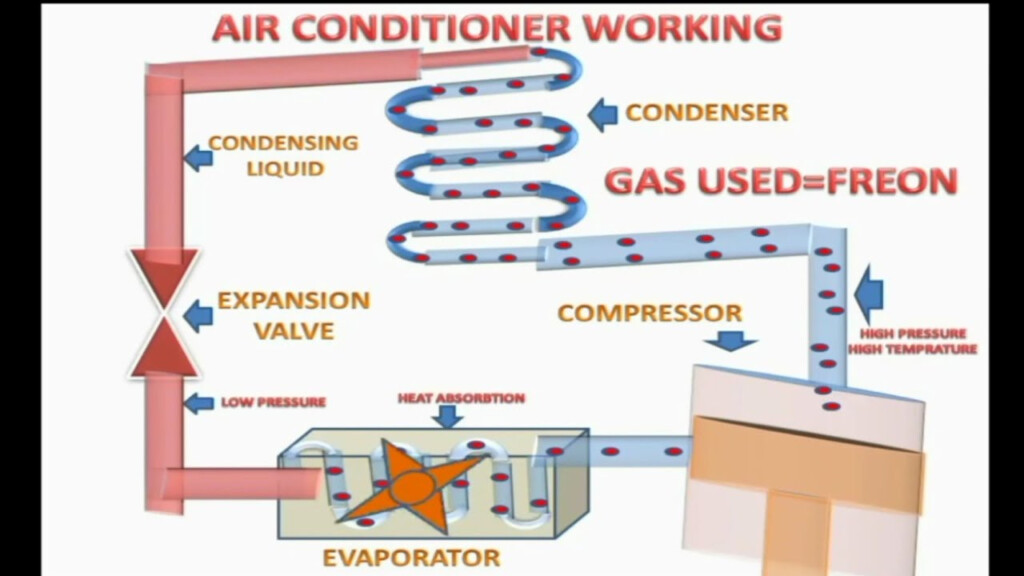When it comes to air conditioning systems, understanding the process flow chart is essential for both homeowners and HVAC technicians. By having a clear understanding of how an air conditioner works, you can troubleshoot issues more effectively, perform regular maintenance, and ensure your system is operating at peak efficiency. A process flow chart provides a visual representation of the various components and steps involved in cooling your home, making it easier to grasp the overall functioning of the system.
One of the key benefits of understanding an air conditioner process flow chart is the ability to identify potential problems before they escalate into major issues. By familiarizing yourself with the flow of refrigerant, air circulation, and electrical components, you can pinpoint where a malfunction may be occurring and take appropriate action. This knowledge can save you time and money on repairs and help extend the lifespan of your air conditioning unit.
Air Conditioner Process Flow Chart
Components of an Air Conditioner Process Flow Chart
At the heart of an air conditioner process flow chart is the refrigeration cycle, which is responsible for removing heat from your home and releasing it outside. The cycle begins with the compressor, which pressurizes the refrigerant gas and sends it to the condenser coil to dissipate heat. The now-cooled refrigerant travels through the expansion valve, where it expands and cools further before entering the evaporator coil to absorb heat from indoor air.
Another crucial component depicted in the process flow chart is the air handler, which circulates conditioned air throughout your home via ductwork. The air handler contains a blower fan that forces air over the evaporator coil, where it is cooled and then distributed through vents in each room. Understanding how the air handler works in conjunction with the refrigeration cycle is essential for ensuring proper airflow and maintaining consistent indoor comfort.
Tips for Using an Air Conditioner Process Flow Chart
When referencing an air conditioner process flow chart, it’s important to pay attention to the direction of refrigerant flow, the sequence of components, and any potential points of failure. Take note of any sensors, switches, or valves that may impact system operation and be aware of common issues such as refrigerant leaks, compressor failures, or clogged filters. Regularly inspecting and cleaning components can help prevent these issues and keep your air conditioner running smoothly.
By familiarizing yourself with an air conditioner process flow chart, you can gain a deeper understanding of how your cooling system operates and empower yourself to troubleshoot problems effectively. Whether you’re a homeowner looking to improve indoor comfort or an HVAC technician seeking to enhance your skills, a process flow chart is a valuable tool for gaining insight into the complexities of air conditioning technology.
Download Air Conditioner Process Flow Chart
Air Conditioning Flow Diagram
Flow Chart Of Air Conditioning System
Flow Chart Of Air Conditioning System
Air Conditioner Process Flow Chart
